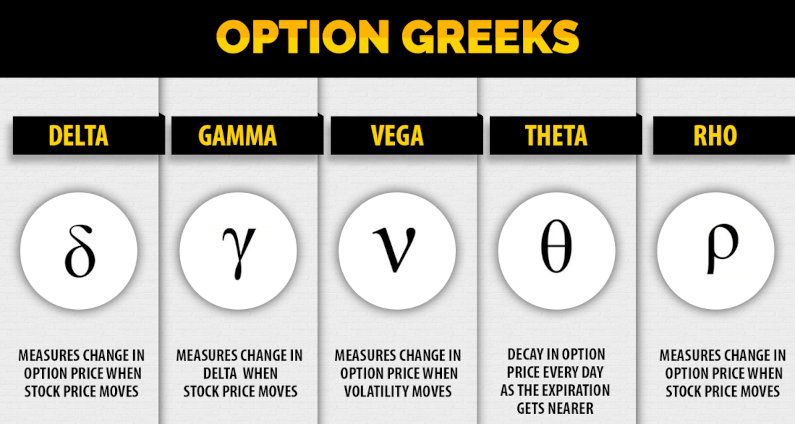When trading options in Hong Kong, finding gamma and theta values is essential to produce the best results. This article discusses the best gamma and theta settings for various option strategies. Understanding how these settings affect your trade outcomes can make more informed choices about which trades to make.

What does gamma measure?
An option’s gamma measures the rate of change of its underlying delta. Delta, in turn, measures the rate of change of an option’s price concerning the underlying asset. Gamma is thus the second derivative of an option’s price to the underlying asset. It is always positive for extended options and negative for short options.
For at-the-money options, gamma is the largest, just before expiration. As expiration approaches, gamma generally decreases as the option’s delta approaches 1.0 (or -1.0). For deep in- or out-of-the-money options, gamma is relatively tiny and constant over time.
Portfolio managers must know an option position’s gamma when constructing or unwinding a hedged position. A prominent position gamma may require frequent hedging to maintain the desired hedge ratio. Gamma is also an essential input into the calculation of Vanna, another second-order Greek letter used in managing portfolios containing options.
What does theta measure?
Theta is a crucial metric for options traders, as it measures the rate of decay in the value of an option. As time passes, all else being equal, the option will become less valuable due to the decreasing chance that it will expire in the money.
Theta is a critical factor in determining the optimal time to enter and exit a trade. By understanding theta, traders can more effectively manage risk and maximise profits. While theta is a vital consideration for all options traders, it is especially critical for those trading short-term options with close expiration dates. In such cases, even a tiny change in theta can significantly impact the value of the option.
Traders must carefully monitor theta to make informed and successful trading decisions. To dive into the world of options trading visit this website.
Gamma can be used to protect profits, while theta can be used to increase returns
Any investor knows many factors to consider when making investment decisions. One important consideration is the potential for loss. While no investment is guaranteed, there are ways to minimise risk by hedging positions. For example, an investor might use gamma to protect profits. Gamma measures the rate of change in the delta of an option, and by managing gamma exposure, an investor can help to reduce downside risk.
On the other hand, an investor might also use theta to increase returns. Theta measures the rate of change in the value of an option, and by increasing theta exposure, an investor can seek to capture additional gains. Of course, these are just two examples of how options can be used to manage risk and enhance returns. But for any investor, understanding and adequately utilising these tools is essential for success.
![]()
Always consult with a professional
Before making any trades, it is always advisable to consult with a professional options trader. A professional options trader will have a wealth of knowledge and experience that can be invaluable in making informed trading decisions. They will be able to provide insights into the market trends and conditions that may impact the value of your options.
In addition, a professional options trader can offer guidance on how best to execute your trades to maximise your profits. While it is possible to make profitable trades without the assistance of a professional, consulting with one can give you an edge in the market.
All in all
Gamma and theta are two critical measures to consider when trading options. Gamma measures how much an option’s price will change concerning the underlying security, while theta measures how time affects an option’s price.
Both gamma and theta vary depending on the market volatility and the time until expiration. In general, high gamma values indicate that an option has more potential for profit, while high theta values indicate that an option has more potential for loss.



